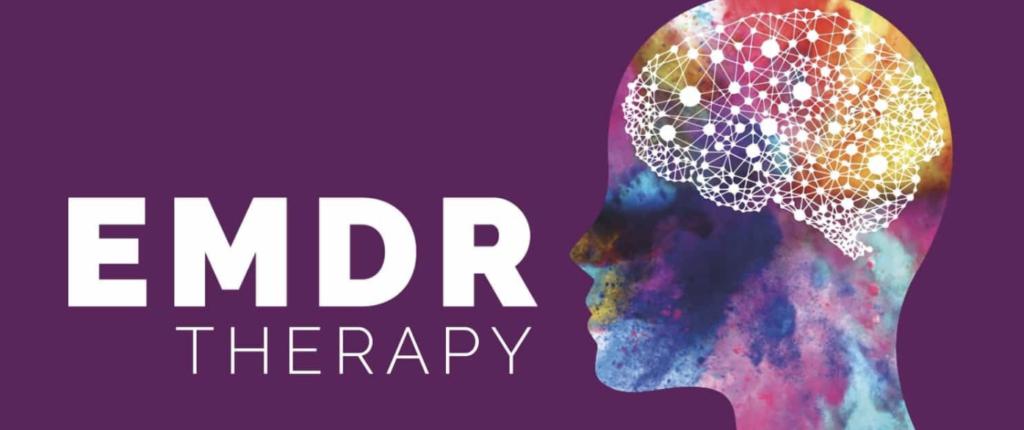EMDR Therapy
Eye Movement Desensitisation and Reprocessing (EMDR) Therapy
Eye Movement Desensitisation & Reprocessing Therapy
Our psychologist Heather Andronicos offers Eye Movement Desensitisation and Reprocessing (EMDR) Therapy at Lilley Place. This modality of therapy has a strong evidence base in the treatment of Posttraumatic Stress Disorder (PTSD), and emerging research has shown promising effects for other presenting issues. Research regarding applications for EMDR can be found at https://www.sonomapti.com/emdr-research/ and https://www.emdr.com/research-overview/.

What is EMDR Therapy?
EMDR is based on the Adaptive Information Processing (AIP) theory, which suggests that human memories are stored in networks, and we learn new information by linking it with existing networks. Sometimes, experiences are processed in ways that do not link with adaptive networks and are instead stored in an incomplete and dysfunctional way, leading to unprocessed elements. These can include strong emotions, sensory or cognitive triggers, and beliefs about self, others, or the world that feel mismatched with adaptive information.
For example, a person may say that they logically know that a situation wasn’t their fault, and they could not have done anything different, but feel high levels of shame and responsibility, which are impacting their emotional wellbeing and disrupting their ability to move forward. These psychological disturbances can be from acute traumas, but also from patterns of experiences through life such as bullying, criticism, neglect, or abandonment.

EMDR therefore aims to process these experiences using Bilateral Stimulation (BLS) – usually eye movement, but this can be adapted for individual needs – and link them with more adaptive information networks, so that the individual can resolve the internal conflicting beliefs and have symptomatic relief. The person can then ideally navigate the world in more adaptive and healthy ways.
There are varying hypotheses on why eye movement is the most effective in assisting the processing of difficult experiences. Many lines of research suggest that dual attention can allow us to stay oriented in the present enough to maintain baseline relaxation while simultaneously attending to difficult content. It is also suggested that the movements could activate neurobiological processes integrating episodic memory to semantic memory, similarly to rapid eye movement sleep. Several studies further posit that eye movement disrupts working memory, which when holding a disturbing memory, can reduce its vividness and allow individuals to approach it without previous levels of distress.
EMDR is a highly personalised therapy and although processing sessions are the most recognisable of the modality, there is a lot of preparation that goes into reaching this stage. Heather works hard to ensure that EMDR is a suitable therapy for clients. This involves assessment, collaboration on goals and a mutual understanding of what you are focusing on together and why. Preparation for processing can vary in length, depending on individual engagement, goals, affect tolerance skills, and complexity. Heather will discuss this with you in intake and as therapy develops. Heather’s EMDR sessions are charged at the Australian Association of Psychologists (AAPi) scheduled rate. This is due to the high levels of work she dedicates to maintaining advanced training, regular professional development, and supervision in this area, as well as the ongoing preparation, assessment and clinical skill required to deliver this therapy to a high standard.


